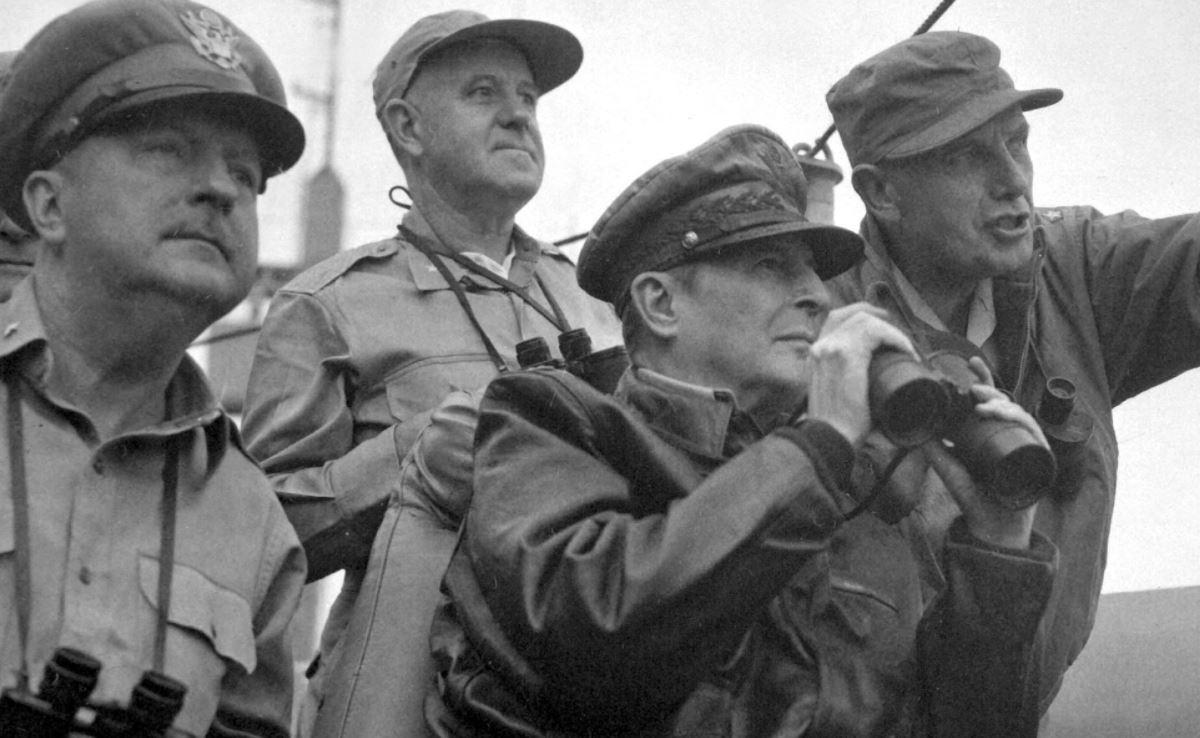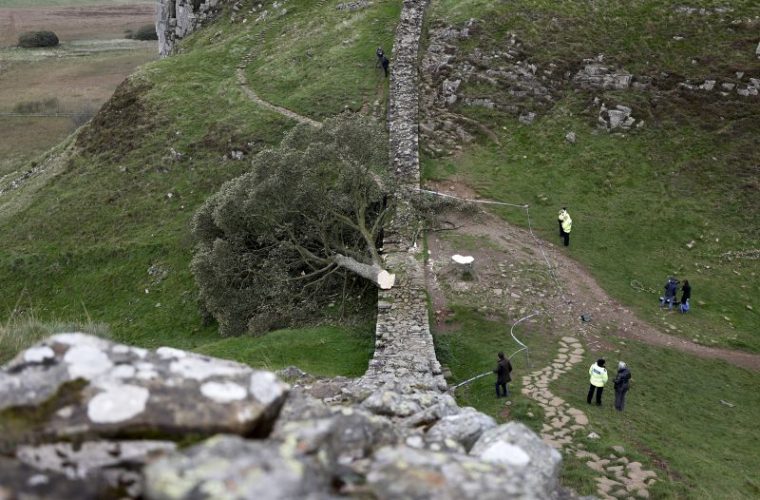
The Historical Origins of Modern American War Crimes
Last month I reviewed Samuel Moyn’s Humane (New York, 2021) but discussed only a few topics in it. Owing to the book’s great importance, I’d like in what follows to address another issue as well, and this is something with which many readers will already be familiar. The principal theme of Moyn’s book, it will be recalled, is that efforts to make war humane can detract from, or even impede, the more important task of bringing war to an end, or at least drastically curtailing it. In arguing for this view, Moyn points out that it is only in recent times that regulations and treaties to limit war have been taken with any seriousness, and often even now they are not. Before that, they had little or no “bite” and allowed all sorts of atrocious behavior.
This leads to the point that many readers will already have encountered. In the American context, a great deal of horrendous conduct stems from the Civil War, and one thing Moyn bring out is the role of the “Lieber code”, a guide to conduct for the American armed forces written by the German immigrant Francis Lieber, in this matter. Moyn says, “Lieber refused to pity victims of war. Lieber’s code went in a different direction, legalizing shock and awe, with humanity a fringe benefit rather than a true goal…. Erected as one of its founding fathers later, Lieber was not really part of the tradition of making war humane. He condoned horrendous acts such as punishing civilians and denying quarter—which meant that, when enemies surrendered in hopes of avoiding death, you could kill them anyway” (pp. 19–20).
In this connection, it is worth noting that Lieber was an ardent proponent of the near divinity of the state. In his excellent Chaining Down Leviathan (reviewed here), Marco Bassani quotes from Lieber’s Manual of Political Ethics: “The state is aboriginal with man; it is no voluntary association … the state is a form and faculty of mankind to lead the species towards greater perfection—it is the glory of man” (Bassani, p. 292).
The tactics that Lieber recommended were applied with exceptional severity in campaigns against American Indians, and when, with the Spanish-American War in 1898, America turned to the pursuit of empire, American military forces viewed resisters among the subject population in the Philippines as if they were recalcitrant Indians.
When he succeeded [Arthur] MacArthur as military proconsul in July 1901, [Adna] Chaffee faithfully continued the approach that lay behind the Lieber Code—intense wars were best in the long run, as they would convince restless opponents to submit and end the conflict more quickly. He escalated the policy options farther along the continuum of intensity, in the tradition of “Injun warfare,” without ever meeting a law he didn’t like. This often meant burning crops, killing animals, and leaving nothing behind—including humans…. No one was legally safe from U.S. counterinsurgent violence. The rules imposed no limits, either because the Filipinos were unprotected by law or because those generously distinguished as non-combatants under the law were still eligible for reprisals, which the Lieber Code did not ban … “I want all persons killed who are capable of bearing arms in actual hostilities,” [Jacob] Smith commanded his forces, specifying he meant males ten years and over. (p. 113; for US policy in the Philippines, in addition to the sources Moyn cites on p. 346, I would recommend Alfred McCoy’s Policing America’s Empire)
The legacy of the Indian wars continued fifty years after this in the Korean War.
In practice it was another “Indian war”…. In MacArthur’s family traditions lay not only the governance of the Pacific colonies; further back, Douglas once recalled, his father had been one of many who shouldered “the onerous task of pushing Indians into the arid recesses of the Southwest and of bringing the white man’s brand of law and order to the Western frontier.” … General Lawton Collins, army chief of staff throughout the Korean conflict, told The New York Times that the “reversion to old-style fighting” required by the conflict was “more comparable to that of our own Indian frontier days then to modern war.” (pp. 152–53)
Matters were no different in the Vietnam War. “As in America’s earlier Pacific violence, soldiers routinely compared what they were doing with ‘Indian war.’ Compared with 57,000 Americans, four to six million Vietnamese died in the conflict. The toll on the local population was not as grievous as in Korea, in relative terms, and it took place over more years. But this was not saying much.” (p. 168)
In a lecture, “The Conquest of the United States by Spain,” delivered in 1898, the great American sociologist William Graham Sumner saw what was coming:
The Americans have been committed from the outset to the doctrine that all men are equal…. It was an astonishing event that we have lived to see American arms carry this domestic dogma out where it must be tested in its application to uncivilized and half civilized peoples. At the first touch of the test we throw the doctrine away, and adopt the Spanish doctrine. We are told by all the imperialists that these people are not fit for liberty and self-government; that it is rebellion for them to resist our beneficence; that we must send fleets and armies against them to kill them, if they do it.
Samuel Moyn merits great praise for showing the centrality of this theme in American foreign policy, and the work he has done in bringing it to our attention helps in our efforts to oppose it.




